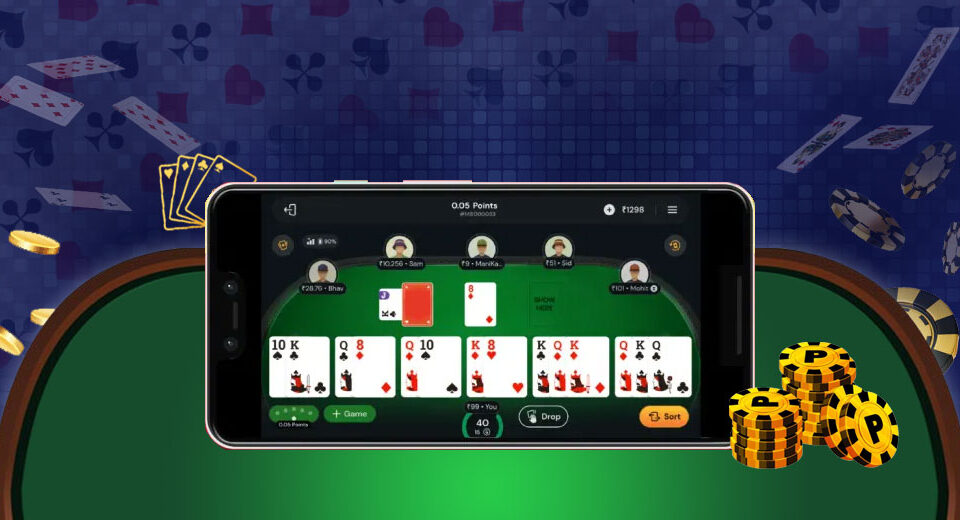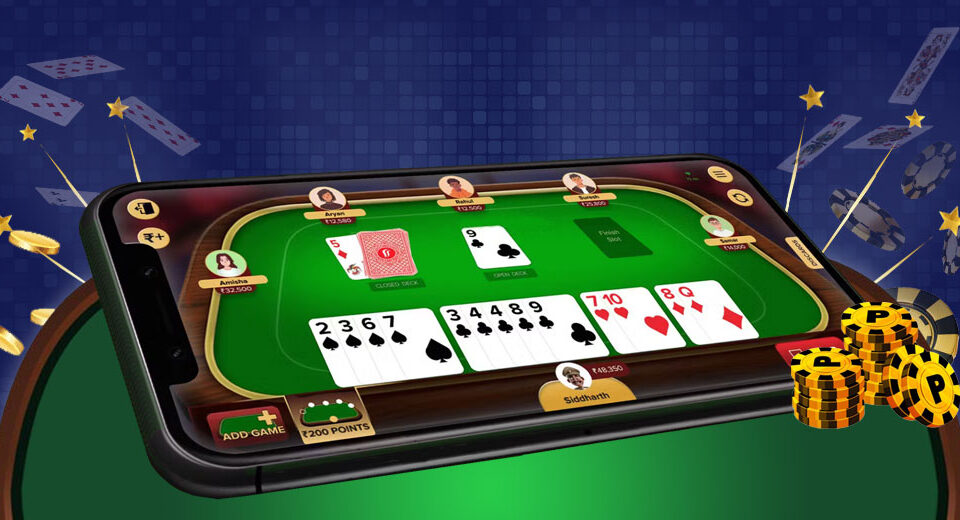How Middle Drops Can Save Your Score in Points Rummy
Points Rummy is fast-paced, intense, and often determined by just a few critical moves. Every point adds up, and a single poorly timed decision can set your score spiralling. Among the often-overlooked strategies in Points Rummy is the timely use of the middle drop. While beginners are typically more familiar with the first drop, the middle drop is an underutilised tool that can prevent significant point accumulation in uncertain hands. In this format of Indian rummy card game, understanding when and why to drop mid-game is key to maintaining a consistently low score and keeping your winning potential alive.
1. The Role of Drops in Points Rummy
In Indian rummy rules, the drop option allows a player to leave a deal early at the cost of fixed penalty points - 20 for a first drop and 40 for a middle drop. While a first drop is used right after seeing your cards, a middle drop is a decision made after drawing at least one card. Though a middle drop brings a heavier penalty than the first, it is still significantly lighter than losing with a full hand, which can incur 80 points or more. Strategic use of drops, especially the middle one, often distinguishes skilled online rummy game players from novices.
2. Identifying Weak or Disconnected Hands
You start a round and draw your first card, but nothing is aligning: no pure sequence, high-value cards are scattered, and jokers aren’t helping. Instead of pushing through with uncertain hope, a middle drop becomes the smarter exit. One of the most common beginner mistakes in Points Rummy is playing on with weak hands. A 40-point middle drop is preferable to a 90-point defeat. Recognising early signs of a weak or non-cohesive hand and taking the middle drop can drastically reduce your overall point accumulation across games.
3. Calculating Risks Based on Opponent Behaviour
In Indian rummy online, quick reactions can mislead you into staying in a round just because your opponents seem active. But observant players use opponent behaviour as an indicator. If others are rapidly discarding or picking with precision, they may already be closing in on a valid hand. When your hand isn’t shaping up and opponents seem confident, it may be wise to drop rather than risk being caught with a heavy hand. The middle drop acts as a tactical retreat, especially when your assessment of opponent momentum suggests imminent declaration.
4. Understanding Score Situations and Game Flow
Context matters in Points Rummy. If you’re already trailing and every point matters, a middle drop might not just be a good decision - it could be a game-saving one. Many players overlook the cumulative score landscape. Let’s say your score is at 120 and your opponent is at 80. You can’t afford another 80-point hit. Opting for a 40-point drop keeps you in the contest, potentially allowing recovery in the next round. Mastering Indian rummy rules includes knowing how score-based decision-making shifts the value of each drop.
5. Avoiding the Emotional Trap of Persistence
One of the hidden reasons players avoid the middle drop is emotional investment. “Just one more turn,” they say - then lose big. Seasoned players understand that winning consistently means knowing when not to play. A strong middle drop strategy involves detaching from the emotional aspect of the game and focusing solely on logic, card patterns, and probabilities. Rummy is a thinking person’s game; knowing when to stop is not a weakness, it’s tactical strength - especially in formats like Points Rummy where every point has direct consequences.
6. Practice Recognising Drop Timing Patterns
Like any skill in an Indian rummy card game, mastering middle drops comes with practice. Experienced players develop internal checklists: no pure sequence in two rounds, holding too many high-value cards, unhelpful joker, and no progress after three turns - drop. This decision-making pattern becomes instinctive over time and is essential for reducing overall losses in tight matches. The middle drop should be part of your standard strategic repertoire rather than a rare move for desperate situations.
7. Mitigating Damage in Quick Loss Scenarios
Sometimes, you just know you’re outmatched in a round. Your cards aren’t improving, and your opponent is playing with rhythm and pace. A middle drop serves as damage control. You accept a controlled loss rather than allowing a single round to derail your standing in the game. Pool and Deals Rummy offer different formats, but Points Rummy is unforgiving when it comes to big mistakes. Middle drops help avoid them, offering a second line of defence when the initial deal fails to deliver.
Conclusion: Middle drops are defensive tools that protect your overall score.
The middle drop is a powerful yet underrated move in Points Rummy. While it does cost 40 points, that penalty often pales in comparison to the punishment of playing on with an underwhelming hand. Its value lies not just in cutting losses but in giving players an exit route that’s tactically sound and mentally composed. The more you integrate the middle drop into your decision-making, the more you’ll notice a reduction in high-point losses and emotional frustration. Used wisely, this technique becomes a cornerstone of experienced play, transforming your approach to Points Rummy with clearer judgment and long-term consistency.




